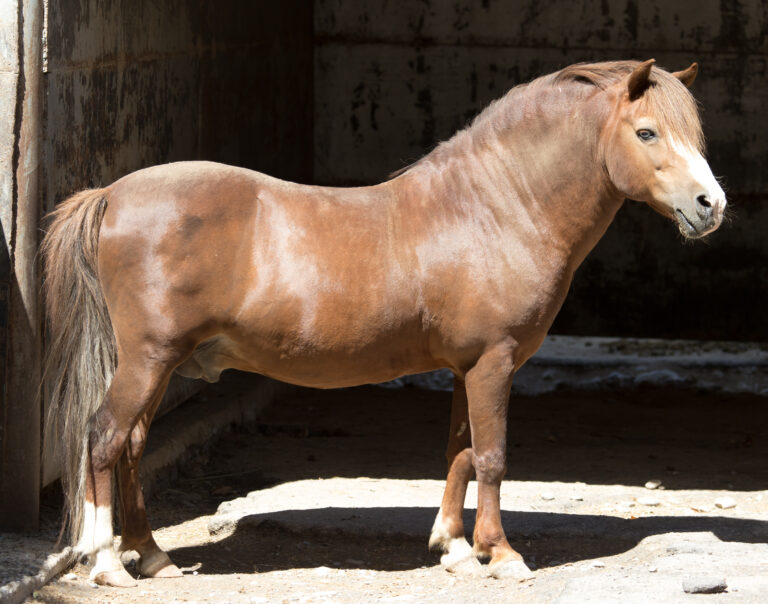
Tendon injuries are often managed with cold therapy to reduce inflammation, and on other occasions, heat therapy is used to improve flexibility and extensibility of collagenous tissue. Human physical therapy often combines both hot and cold therapy.
A study looked at this combination therapy, i.e. contrast therapy, to see if it has useful application for equine athletes with deep digital flexor tendon (DDFT) injury [Haussler, K.K.; Wilde, S.R.; Davis, M.S.; Hess, A.M.; McIlwraith, C.W. “Contrast therapy: Tissue heating and cooling properties within the equine distal limb.” Equine Veterinary Journal April 2020; DOI: 10.1111/evj.13278].
To achieve physiological effects of cold therapy, tissue temperatures must be reduced to 10-15 degrees Celsius (or 50-59 degrees Fahrenheit). One limitation to achieving this objective is that cold treatment doesn’t generally extend beyond 2-3 cm despite long duration of application.
Heating should exceed 40 degrees Celsius (104 degrees F) and remain well below 50 degrees Celsius (122 degrees F).
With this in mind, contrast therapy alternates cold and heat with the objective of increasing blood circulation through cycles of vasodilation and vasoconstriction.
In this study, temperature probes were placed on the skin of the metacarpal area and also implanted in the subcutaneous tissue deep to the superficial and deep digital flexor tendons of four adult horses with no tendon pathology. This provided a dry-interface contrast therapy that cooled tendon tissue to less than 15 degrees Celsius and warmed tendon tissue to more than 40 degrees Celsius. The dry-interface limits skin exposure to water and to thermal damage from ice contact. Each cycle of hot or cold lasted 15 minutes—heat at 48 degrees Celsius and cold at 7 degrees Celsius. Each session applied three hot and cold cycles for approximately two hours per session.
The initial rate of temperature change occurred within the first five minutes of either hot or cold, according to the report, but not likely due to tissue perfusion effects. The device (Cascade Wellness) was able to achieve consistent hot and cold to target temperatures in more superficial tissues yet did not reach target temperatures within the DDFT with repeatable consistency. The authors note that the thermistors were placed in tissues surrounding the tendons and not in the tendons themselves, so it is possible that temperatures were more in keeping with target goals for both heating and cooling in the SDFT, and for heating in the DDFT.
More studies using contrast therapy in horses will further elucidate if longer treatment times and/or different ratios of hot to cold duration might produce more consistent results and therapeutic temperatures in tissues deep to the DDFT.

![[Aggregator] Downloaded image for imported item #18216](https://s3.amazonaws.com/wp-s3-equimanagement.com/wp-content/uploads/2025/09/30141837/EDCC-Unbranded-8-scaled-1-768x512.jpeg)
![[Aggregator] Downloaded image for imported item #18711](https://s3.amazonaws.com/wp-s3-equimanagement.com/wp-content/uploads/2025/10/20105749/EDCC-Unbranded-14-scaled-1-768x512.jpeg)

